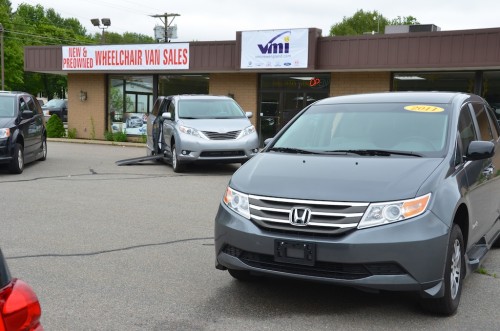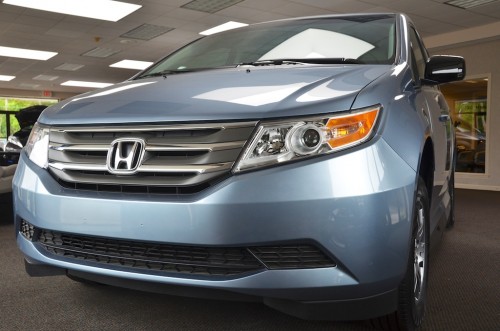Are you having trouble with your wheelchair van, ramp van, braun ability van, vantage mobility van, eldorado, amerivan, ricon lift, braun lift, grey market van, ams Legend, Edge, Edge II, Freedom, FR ?
No Worries We Can Fix It!
Even if you have had other Toyota dealer, Dodge dealer, Ford dealer, Honda dealer or a different adaptive mobility equipment dealer try and fix it. Call us, we can help.
Almost all wheelchair van and lift problems can be attributed to three main things. I would like to talk a little about each one and what you can do to be proactive in preventing problems that could stop your lift from operating.?
Reason Number 1: Operator Error. It may not be P.C. to bring it up, but many issues are caused by the user hurrying, not taking the proper precautions, or simply attempting to operate the van or lift in a situation it is not designed for. Let me expand on this a little.
We all know the obvious things an operator can do wrong. Lowering a lift on to extremely uneven ground or folding a platform into a van door that is not fully opened, if you have manual doors. The things that you need to think about are the issues that aren’t so obvious, but can still cause damage. Things like making sure you fully fold the platform when you are putting it in the stowed position. A lot of times people tend to release the fold switch too soon because the lift makes excessive noise when it cinches tight. Far from being a problem, that noise is a good thing What you’re hearing is the electric actuator “ratcheting,” which tells you that the lift is fully stowed and will not rattle as much while you’re driving. A tightly stowed platform will prevent certain lift components from wearing out prematurely, so be sure to keep the fold button pressed!
Another not-so-obvious issue is to make sure the outer roll stop deploys fully before you exit the platform. Think about it. If you are in a hurry and the roll stop is not completely down on the ground, your weight when rolling off of it is going to put excessive stress on those parts and you could cause problems that are easily avoidable. Even if the tip of the roll stop is up just a little bit, take the time to lower it completely before you exit the platform.?
Reason Number 2: Lack of Maintenance. Maintenance, maintenance, maintenance – I can’t say those words enough! Your dealer should set up a maintenance program for you and your lift should be in their shop for a regular check up at least twice a year. Every lift built after 2005 has a cycle counter on it that will tell us the total number of times you’ve used your lift, and all lifts should be maintained every 750 cycles. This is a short point. All you need to know is that if you don’t maintain your lift, something will eventually stop working!
Reason Number 3: Broken Parts. No matter what the product, we’ve all encountered that unexpected broken part that seems to go bad for no apparent reason. This actually represents a small percentage of wheelchair lift failures, and it can usually be avoided if the van or lift is maintained on a regular basis (see reason #2 above!). A typical situation might be a wiring harness that gets cut by component. This type of issue rarely happens out-of-the-blue, and with routine maintenance your dealer should be able to see the problem starting to occur and fix it before it gets worse.
That about sums it up The bottom line is that a properly operated and maintained wheelchair van or lift should give you years of reliable service. Read your manual and work closely with Automotive Innovations to make sure your lift is ready to go whenever you are. If you have any questions or are having an issue with your wheelchair van or lift feel free to call us at 508-697-6006.



